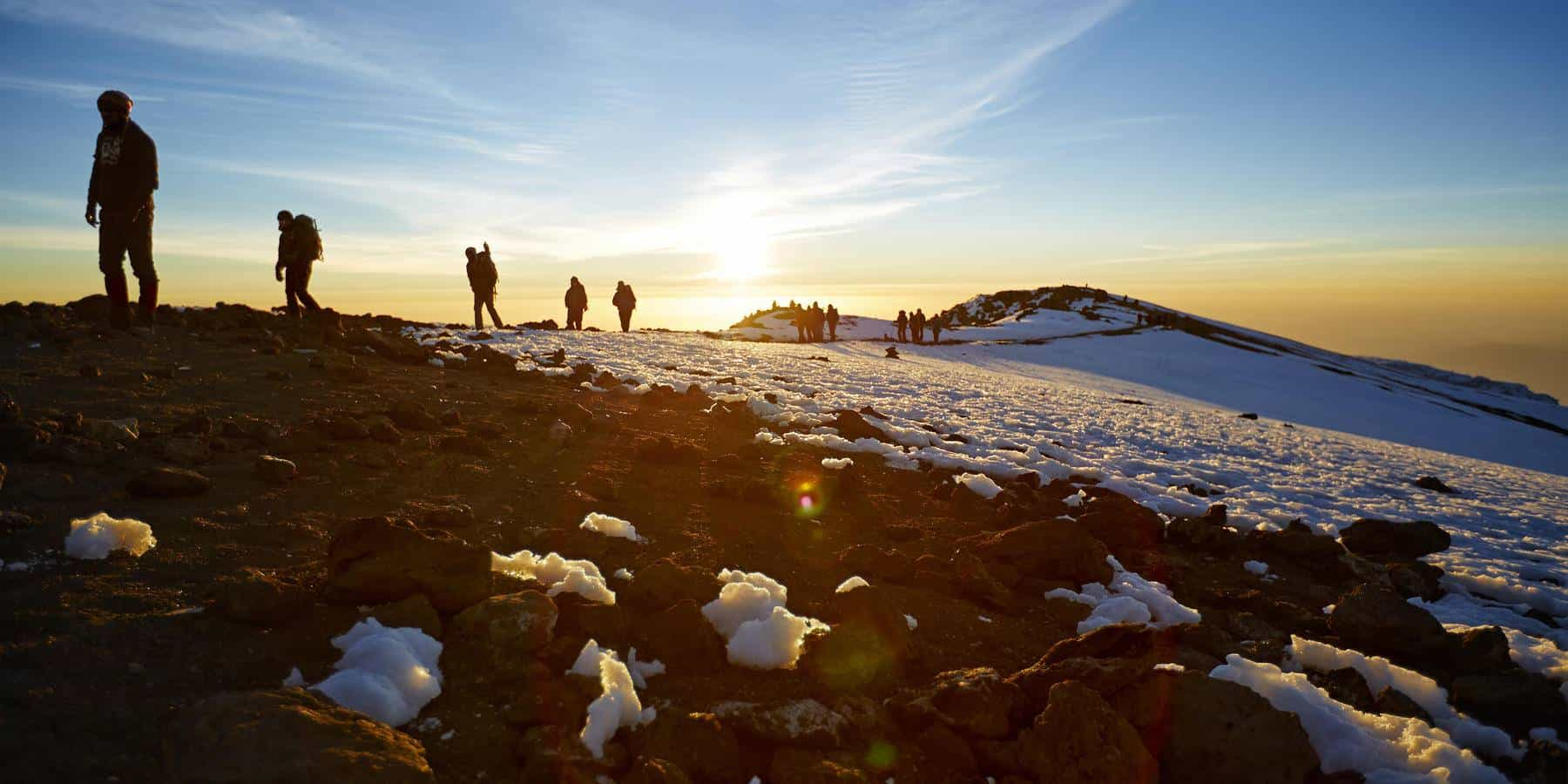The Machame route, also known as the "Whiskey" route, is one of the most popular routes to climb Mount Kilimanjaro. It is a scenic and challenging route that takes you through diverse landscapes, from lush rainforest to alpine desert and finally to the snow-capped summit of Africa's highest peak.
Here's what you need to know to plan and prepare for your Machame trek:
Choosing a Trekking Company: There are numerous trekking companies that offer Machame route treks, so it's important to do your research and choose a reputable company. Look for a company that is registered with the Kilimanjaro National Park Authority and has experienced guides, good safety record, and positive reviews.
Trekking Duration: The Machame route typically takes 6-7 days to complete, with an additional day for acclimatisation at the Barranco Camp. The total distance covered is approximately 62 km (38.5 miles).
Physical Fitness: Climbing Kilimanjaro is a strenuous physical activity, so you should be in good physical shape before attempting the Machame route. A regular exercise routine that includes cardio and strength training is recommended. Altitude sickness can affect anyone, regardless of fitness level, so it's important to take the necessary precautions and listen to your body during the trek.
Packing List: Your trekking company will provide a detailed packing list, but here are some essentials you should bring: sturdy hiking boots, warm clothing (including a waterproof jacket and pants), a sleeping bag, a headlamp, sunglasses, sunscreen, a hat, gloves, and a backpack. Don't forget to pack some snacks and a reusable water bottle.
Trekking Itinerary: Here's a general itinerary for the Machame route:
Day 1: Machame Gate (1,640 m/5,380 ft) to Machame Camp (2,835 m/9,300 ft)
Day 2: Machame Camp to Shira Camp (3,750 m/12,300 ft)
Day 3: Shira Camp to Lava Tower (4,640 m/15,200 ft) to Barranco Camp (3,976 m/13,044 ft)
Day 4: Barranco Camp to Karanga Camp (3,995 m/13,106 ft)
Day 5: Karanga Camp to Barafu Camp (4,673 m/15,331 ft)
Day 6: Barafu Camp to Uhuru Peak (5,895 m/19,341 ft) to Mweka Camp (3,068 m/10,065 ft)
Day 7: Mweka Camp to Mweka Gate (1,640 m/5,380 ft)
Altitude Sickness: Altitude sickness can be a serious concern on the Machame route, especially at higher elevations. Symptoms can include headache, nausea, dizziness, and difficulty breathing. To minimize the risk of altitude sickness, it's important to drink plenty of water, take breaks as needed, and follow your trekking company's guidelines for acclimatisation.
Summit Night: The summit push typically begins at midnight on Day 6, and involves a steep climb to the summit. It can be a challenging and emotional experience, but reaching the summit of Kilimanjaro is a once-in-a-lifetime achievement.
Tipping: Tipping your guides and porters is a common practice on Kilimanjaro, and is an important source of income for them. Your trekking company will provide guidelines for tipping, but a general rule of thumb is to tip approximately 10% of the total cost of the trekking package for the entire crew.
Environmental Responsibility: Mount Kilimanjaro is a fragile environment, so it's important to minimize your impact while trekking. Pack out all your trash and waste, and follow your trekking company's guidelines for responsible trekking practices.
Climbing Mount Kilimanjaro is an unforgettable experience, but it's important to approach it with the right mindset and preparation. Take the time to train, choose a reputable trekking company, and follow the guidelines for responsible trekking. With determination and a little bit of luck, you'll make it to the summit of Africa's highest peak!


